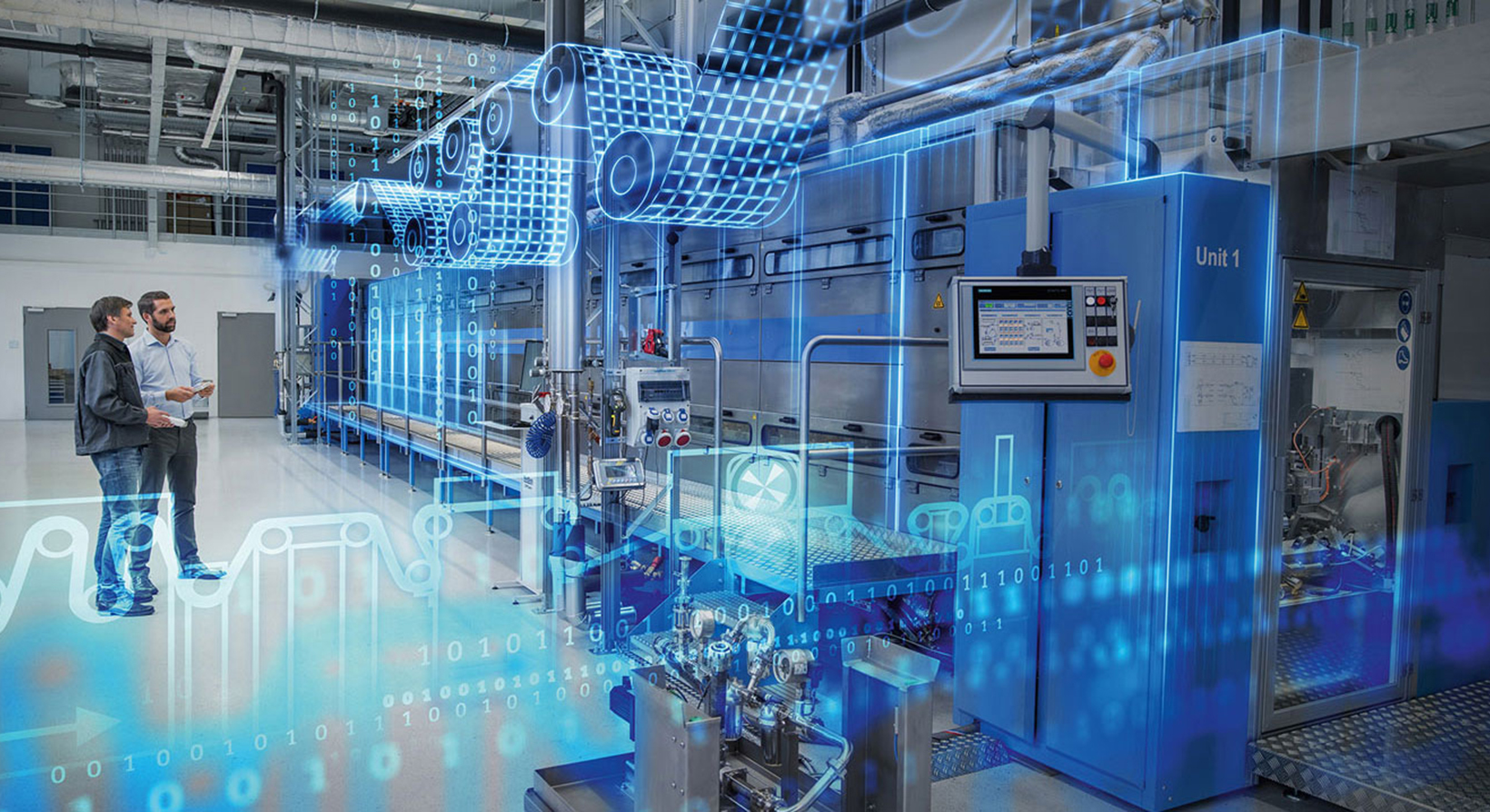
Digital Twins Doing Real World Work
On the big screen it’s become commonplace to see a 3D rendering or holographic projection of an industrial floor plan or a mechanical schematic.
Casual viewers might take for granted that the technology is science fiction and many years away from reality. But today we’re going to outline where these sophisticated virtual replicas – Digital Twins – are found in the real world, here and now.
Essentially, we’re talking about a responsive simulated duplicate of a physical object or system. When we first wrote about Digital Twin technology, we mainly covered industrial applications and urban infrastructure like transit and sewers. However, the full scope of their presence is much broader, so now we’re going to break it up into categories.
Health Care & Diagnostics
If you speak to someone who thinks Digital Twin technology is irrelevant to their personal life, tell them about the applications within the field of health care. Gone are the days of generic anatomy posters. These are digital replicas; not simply of a body, but of your body in particular.
The Philips’ video below illustrates how Digital Twins of individual patients can and will improve diagnostic results and ongoing treatment. Health care professionals will reduce critical windows of time for narrowing down medical conditions. And once treatment has begun, care providers can make evaluations informed by precise detail, quickly and easily, regarding a new medication, dietary change, or other variable being studied.
Human digital twins are also ideal opportunities for training tomorrow’s doctors, nurses, and technicians. This technology will also provide professional development for experienced care providers, allowing ongoing learning at higher and higher levels.
Research & Development
In the industrial arena, Digital Twin prototypes are taking the place of costly (and sometimes dangerous) experimental models. Simulated versions of highly specialized vehicles, machines, and tools can be tested and revised during various phases of design and development.
Virtual R&D also means collaborators and stakeholders around the world can be a part of the process. An engineering firm can laser focus a team’s expertise by hand-picking experts regardless of their location. Managers and investors can check in as desired without needing to organize extra meetings.
Agriculture & Natural Resources
One of the most critical challenges facing our world is the way we manage our consumption of the planet itself. How will we ensure food crops are healthy and bountiful? How can we make our removal of minerals and fuels as environmentally friendly as possible? Take examples like the wind turbines and oil refineries from the Goldman Sach’s video above, and expand to farm irrigation and harvesting, mining, forestry, and everywhere we will rely on the heavy duty machines of the future to improve our impact on the planet.
Manufacturing & Warehousing
Related to the R&D point above, manufacturers are prime candidates for Digital Twins. In addition to reducing costs for prototyping, assembly line machinery can be monitored and maintained more effectively using digital replicas. Sensors installed at a key point or points can relay updates that report a machine’s condition and behaviour. Over time, the Digital Twin uses artificial intelligence to anticipate problems and request attention from maintenance staff. Machine learning makes it possible for technicians to stay on top of issues rather than responding to emergencies after the fact.
In the warehouse, digital inventory management and storage optimization leads to more efficient shipments and improved safety for hands-on workers. If a pallet becomes unbalanced or material volume drops unexpectedly, the Digital Twin can report the problem.
Transportation Vehicles
Digital Twin technology has migrated from elite military applications to commercial and consumer automotive products. Right down to individual passenger vehicles, onboard computers can collect real time data in such rich detail that we can monitor environmental wear and tear along with user behaviour. The Digital Twin of a plane can warn airlines of repair needs. Cars can transmit component status reports to facilitate cost-effective tune-ups – an ideal choice for organizations managing fleets, like rental agencies, taxi services, and law enforcement.
Engineered Urban Systems
Bringing us back around to engineered systems like light rapid transit, power grids, water and waste management, natural gas pipes, telecommunications cable and more, the modern city is host to a growing array of Digital Twins at work.
Our Smart Cities of the future will be home to garbage and recycling bins equipped with sensors and high rises streaming data to property management teams regarding vital foot traffic, electrical status reports, mechanical maintenance requirements, and security alerts.
Add pretty much any fleet of devices from the Internet of Things (IoT), and you can see how the role of these digital doppelgangers is going to lead us into the future.
Stambol visionaries are always excited to talk more about cutting edge technology and how Extended Reality products are changing our world. Augmented Reality and Mixed Reality will play a huge role in the way Digital Twins function. Ask us questions and tell us what you’re excited about in the worlds of VR, AR, and XR.
Image Credit: Siemens


